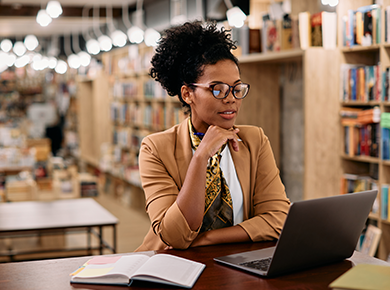Child care workforce qualifications are theoretically aligned with these policy goals:
SUMMARY
Child care workforce qualifications are theoretically aligned with these policy goals:

The relationship between child care workforce qualifications and outcomes in the prenatal-to-3 period has not yet been rigorously studied. Some strong causal studies have evaluated the impact of workforce qualifications for teachers of children ages 3 to 5, and other observational studies have examined effects for the child care field broadly, but no rigorous evaluation to date has focused on the 0 to 3 age group. The evidence that does exist is mixed and focuses on program-level solutions to improve workforce qualifications, rather than statewide policies. Further study is needed to better understand the connection between policies related to child care workforce qualifications and outcomes for families in the prenatal-to-3 period.
Workforce qualifications for child care professionals are defined here by the attainment of certain levels of education, as well as completion of specialized training in fields related to child care. States may require that child care professionals meet specified educational and training requirements to qualify for child care positions and may also use scholarship programs to incentivize the pursuit of training and educational goals. Child care policies that set standards for teacher and caregiver qualifications aim to encourage education and training, thereby improving the skill levels of child care professionals. A more highly skilled workforce should, in turn, improve classroom quality through better teacher-child interactions and higher teacher retention. Improved classroom quality may ultimately help young children more effectively develop their academic and social-emotional skills.
Download the Complete Evidence Review
Child Care Workforce Qualifications (PDF)
Recommended Citation:
Prenatal-to-3 Policy Impact Center. (2020). Prenatal-to-3 policy clearinghouse evidence review: Child care workforce qualifications (ER 0920.015A). Peabody College of Education and Human Development, Vanderbilt University. https://pn3policy.org/policy-clearinghouse/child-care-workforce-qualifications


